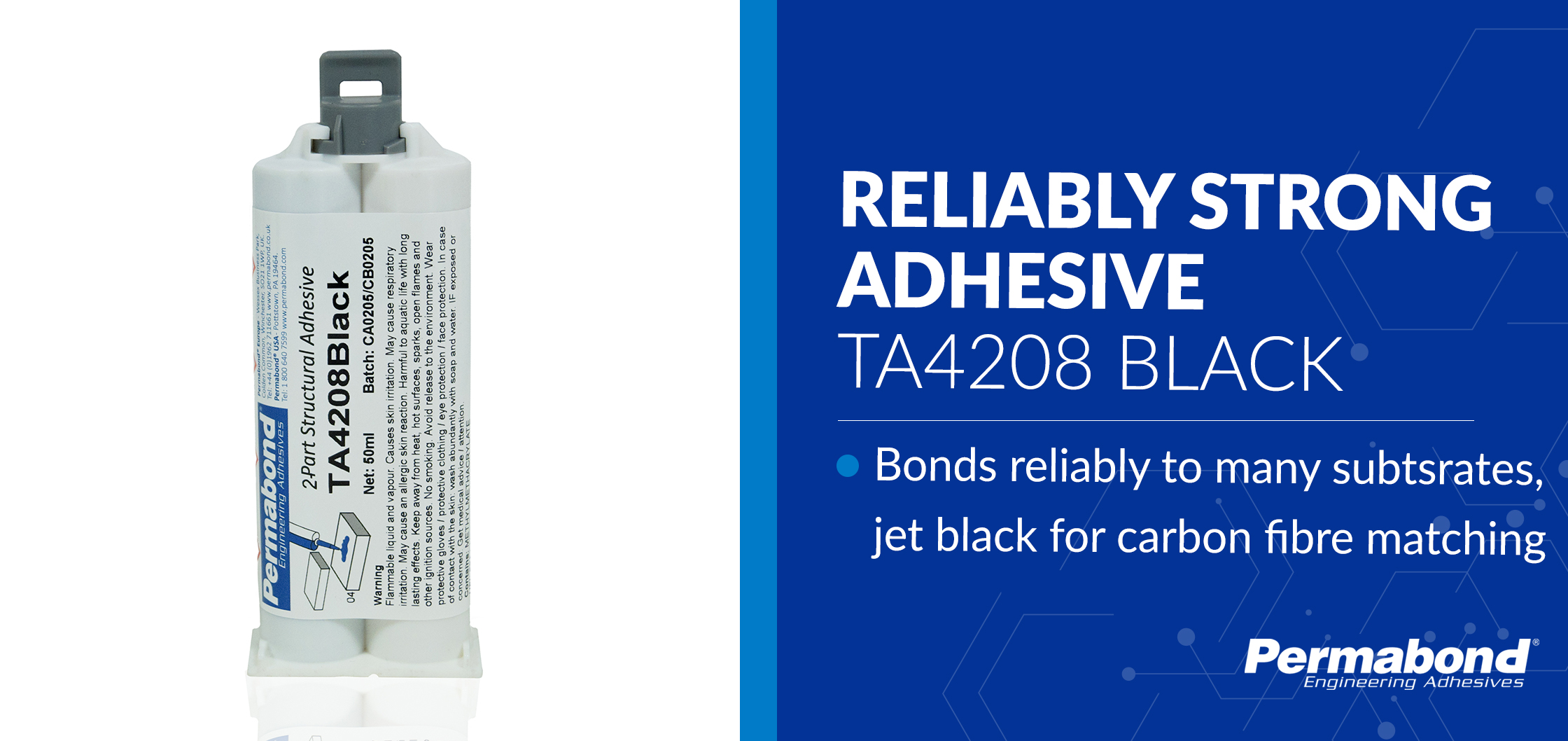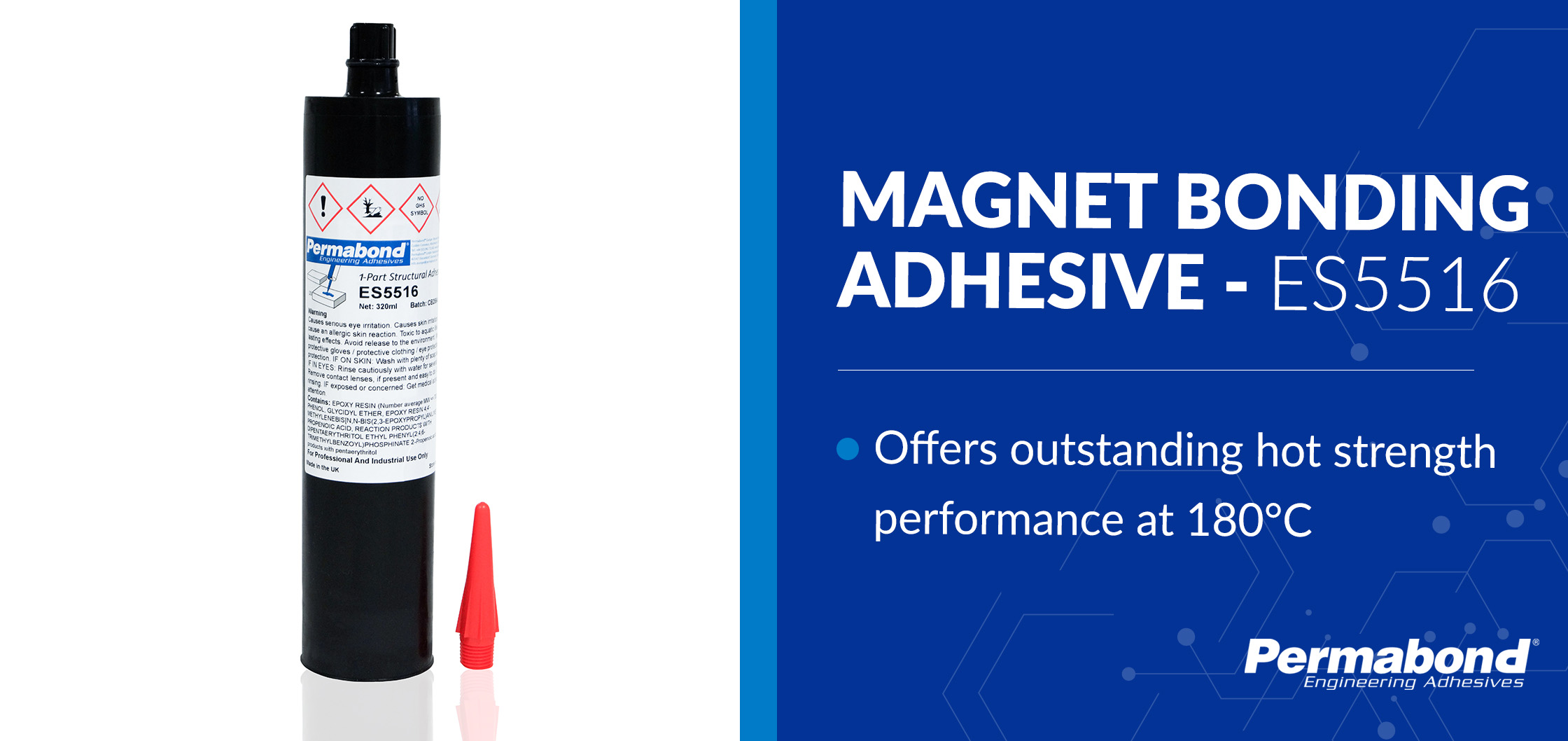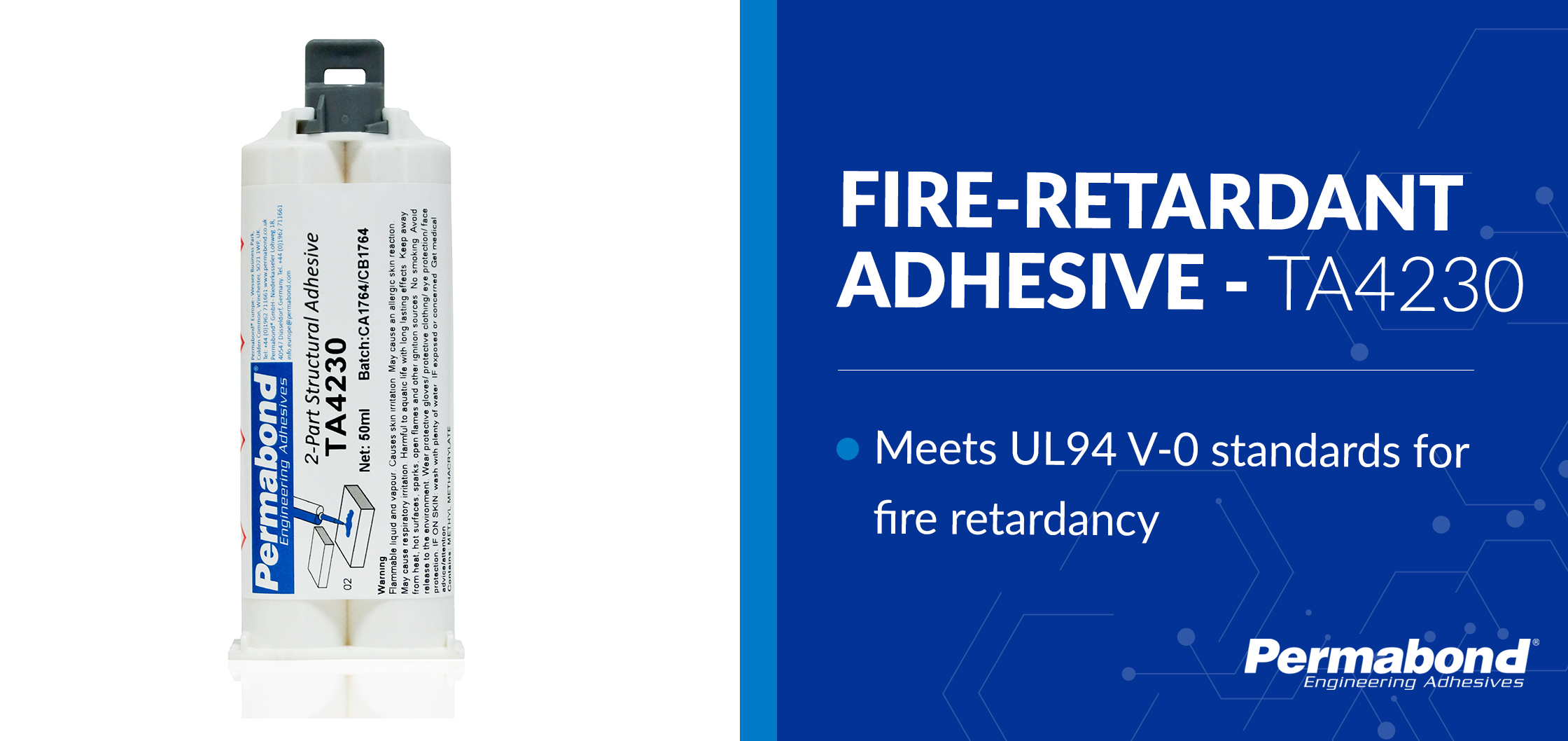Environmentally Friendly Adhesives –
It is good news for everyone that awareness of environmental responsibility is rising. For manufacturers going “green” or environmentally friendly is not only about which adhesives you use.
Going “green” used to be a black and white decision: eliminate all chemicals and use only organic materials. Nowadays, engineers are using adhesives to their advantage to produce the most environmentally responsible products possible. This includes bonding lightweight materials, rather than welding thick metals together. Components can be kept lighter by reducing the number of mechanical fixings. In the case of a car or an aeroplane, the more lightweight it is, the lower the fuel consumption.
Whether we like it or not, environmental awareness is on the rise and the compensation-claim culture is increasing. Developing environmentally-friendly adhesives, ensuring worker health & safety and maintaining a high level of technical performance, is keeping development chemists the world over on their toes. At the same time, buying professionals are under pressure to seek out reliable “green partners” for their company’s supplies.
Replacing solvents with environmentally friendly solutions
A manufacturer of acrylic display cases who had bonded the cases together with a plastic / solvent blend switched to a 100% solids UV-curable adhesive. This eliminates a vast amount of solvent that evaporates into our atmosphere every year.
A military products manufacturer replaces a xylol based mount varnish with a dual cure – UV curable- anaerobic sealant eliminating worker exposure to benzenes and eliminating solvent emissions.
Energy conservation
A manufacturer of medical needles replaced a heat-cure epoxy bonding process with a UV curable process. They reduced the energy requirements of the production line by 1/3.
In the example above, both the heat-cure epoxy and the UV curable adhesive are 100% solids/ solvent free materials. The environmental friendly gain in this example is the reduced energy consumption, not the adhesive itself.
Eliminating waste
A major gas utility encapsulated leaks in the gas pipeline with a urethane encapsulant sealant system.
A waste water treatment facility seals piping with an NSF/ANSI 61 certified anaerobic pipe sealant and saves reprocessing gallons of clean water that had leaked into the untreated water.
Reducing fuel consumption
A truck trailer manufacturer was riveting panels together. Heavy gauge aluminium was required to ensure adequate strength after riveting. The manufacturing process was considered very environmentally friendly. Since they didn’t use any chemicals, and created very little waste.
It was possible to use a lighter gauge aluminium when the panels were bonded together. This helps provide cost and environmental benefits.
Although the manufacturer is rubbing his hands together due to the savings he has made with the metal, the environmental impact goes far beyond that. The reduced weight of the vehicle reduces the fuel consumption of the vehicle. Thus, saving many litres of diesel fuel every year on every vehicle produced.
Additionally, the integrity of the panels is superior to the riveted panels, making the trailer last longer (reducing waste and remanufacturing costs).
In the end, the savings of the aluminium cost is dwarfed in comparison to the overall savings and environmental impact of the trailer longevity and reduced fuel costs.
For further help and advice, please contact Permabond.
Let’s Discuss Your Project.
"*" indicates required fields
Products
Technical Support

Permabond will help you select the right adhesive for your application.






